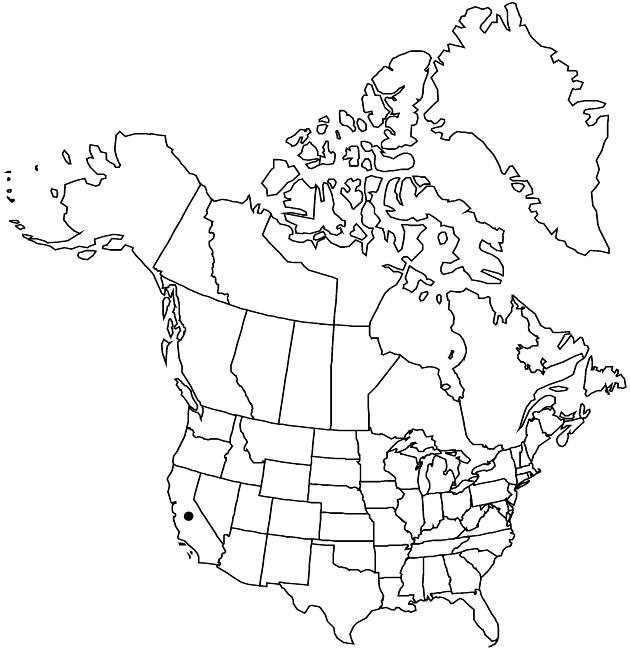Difference between revisions of "Agnorhiza reticulata"
Phytologia 85: 20. 1999.
FNA>Volume Importer |
FNA>Volume Importer |
||
| Line 27: | Line 27: | ||
|distribution=Calif. | |distribution=Calif. | ||
|discussion=<p>Of conservation concern.</p><!-- | |discussion=<p>Of conservation concern.</p><!-- | ||
| − | --><p>Agnorhiza reticulata is known only from foothills of the Sierra Nevada and is considered to be globally endangered.</p> | + | --><p><i>Agnorhiza reticulata</i> is known only from foothills of the Sierra <i>Nevada</i> and is considered to be globally endangered.</p> |
|tables= | |tables= | ||
|references= | |references= | ||
| Line 51: | Line 51: | ||
|publication year=1999 | |publication year=1999 | ||
|special status= | |special status= | ||
| − | |source xml=https://jpend@bitbucket.org/aafc-mbb/fna-data-curation.git/src/ | + | |source xml=https://jpend@bitbucket.org/aafc-mbb/fna-data-curation.git/src/8f726806613d60c220dc4493de13607dd3150896/coarse_grained_fna_xml/V19-20-21/V21_251.xml |
|tribe=Asteraceae tribe Heliantheae | |tribe=Asteraceae tribe Heliantheae | ||
|subtribe=Asteraceae (tribe Heliantheae) subtribe Ecliptinae | |subtribe=Asteraceae (tribe Heliantheae) subtribe Ecliptinae | ||
Revision as of 15:33, 18 September 2019
Plants mostly 40–70 cm. Stems erect, usually branched distally. Cauline leaves: blades (green) ovate-lanceolate to deltate, 6–15 cm, bases truncate or subcordate, margins entire or serrulate to crenate, faces sparsely hispid or scabrous (and finely gland-dotted, often vernicose). Heads held beyond or among the leaves. Involucres hemispheric, 15–30 mm diam. Outer phyllaries oblong to lanceolate or oblanceolate, 12–20+ mm (± equaling discs, tips usually spreading to squarrose). Ray florets 10–16(–21), laminae 20–25 mm. Cypselae ca. 6 mm, glabrous; pappi coroniform, 0.1–1 mm. 2n = 38.
Phenology: Flowering May–Jun.
Habitat: Chaparral, oak woodlands
Elevation: 300–500 m
Discussion
Of conservation concern.
Agnorhiza reticulata is known only from foothills of the Sierra Nevada and is considered to be globally endangered.
Selected References
None.
